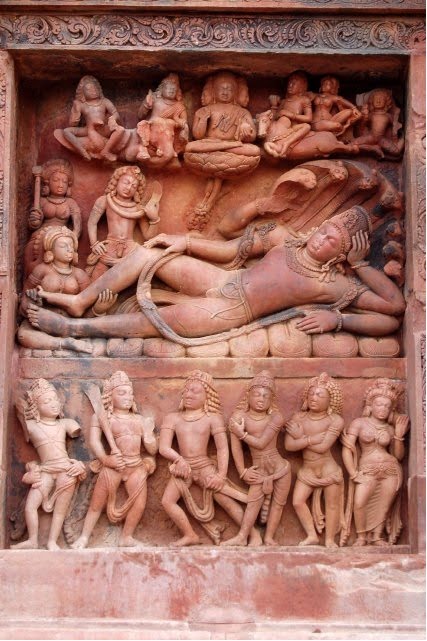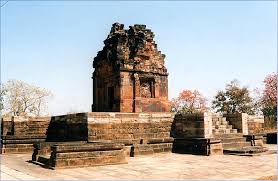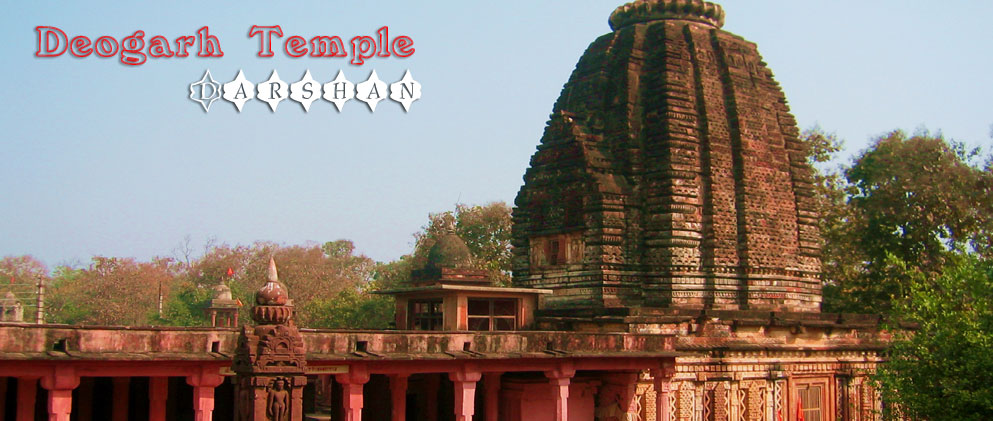Description
Deogarh Vishnu Temple is also known as the Dashavatara temple indicating the ten incarnations of Lord Vishnu in Hindu mythology. It is among India's oldest stone temples and earliest Panchayatan temple still existing. Its history dates back to the Gupta Age. Deogarh is situated in the state of Madhya Pradesh on the right of river Betwa. It is just about 123 kilometers away from the city of Jhansi and the nearest railway station lies in Latitpur, about 33 kilometers away from Deogarh. This place was under the rule of important dynasties like the Guptas, the Pratiharas, the Gondas, the Marathas and as a result of all these, the area has a tremendously rich architectural and archaeological history.
History
The Deogarh Vishnu Temple was made during the Gupta dynasty's rule in India during the fifth century. The carvings, architecture and designs point to that era. It was first discovered by Charles Strahan. It is said to be the earliest Panchayatan temples still present in Northern India. Panchayatan is a style of temple architecture where there are four small shrines built in four corners and the prime shrine stands big in the center. The archaeologist Cunningham named the temple as Dashavatara Temple because it depicts the ten incarnations of Lord Vishnu.
Importance/Significance
Though the Deogarh Vishnu Temple temple is presently dilapidated, its architectural beauty is representative of India's rich cultural heritage. The entrance to the sanctum sanctorum has delicately carved figures of Ganga and Yamuna. Other attractions include three stone and brick panels carved with details of Vaishnav mythology. One of them depicts Gajendra Moksha, in which Vishnu comes down to earth to give Moksha or salvation to Gajendra, the elephant after saving him from Makara, the crocodile. The second panel has the carvings of Nara Narayana Tapasya. They were two mythical saints performing a tapasya or austerity. The third one is called Anantshayi Vishnu showing Lord Vishnu reclining on a seven-headed serpent, Shesha. One panel describes the tale of the demons Madhu and Kaitava being repulsed by the weapons of Vishnu while another panel has the depiction of the five Pandavas from the Mahabharata and their wife Draupadi. The walls also have other panels describing acts from Vishnu's life and the avatars, Rama's and Krishna's deeds. Such beautiful, exquisite architectural specimens are attractions for tourists and people interested in art and history.
Facts/Mythology
It is said that every time Lord Vishnu came to earth in a different avatar to restore the cosmic order whenever it suffered form an imbalance. He eradicates the evils from the face of the earth, restores dharma or righteousness and delivers moksha or salvation to his devotees. In his Krishna avatar he says it clearly that to deliver the righteous people and to destroy the evil doers and to establish Dharma, he manifests and would manifest himself in every age.
Festivals/Events/Gatherings





